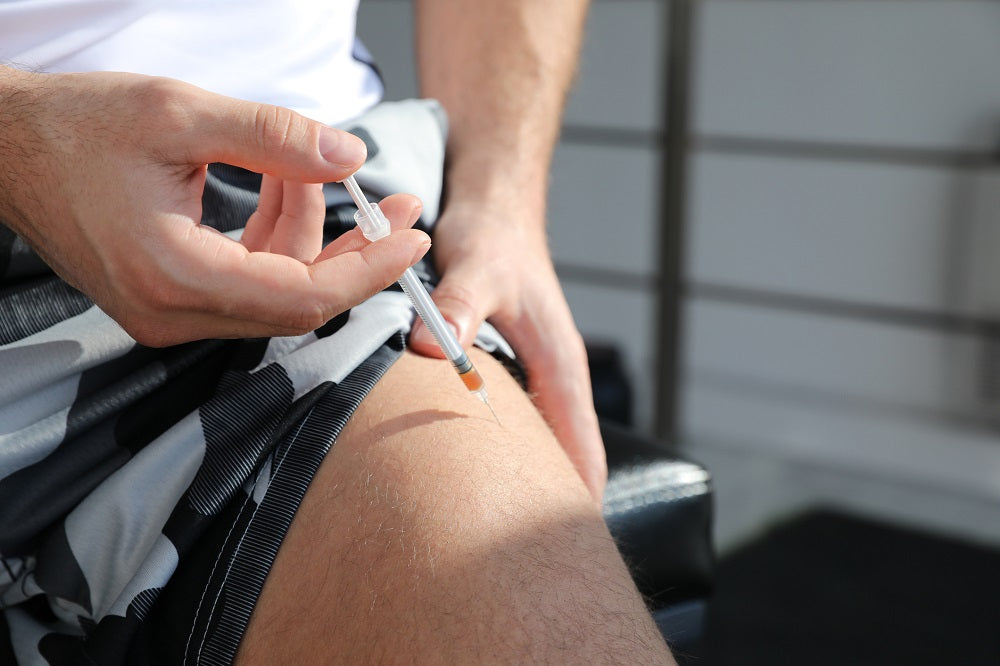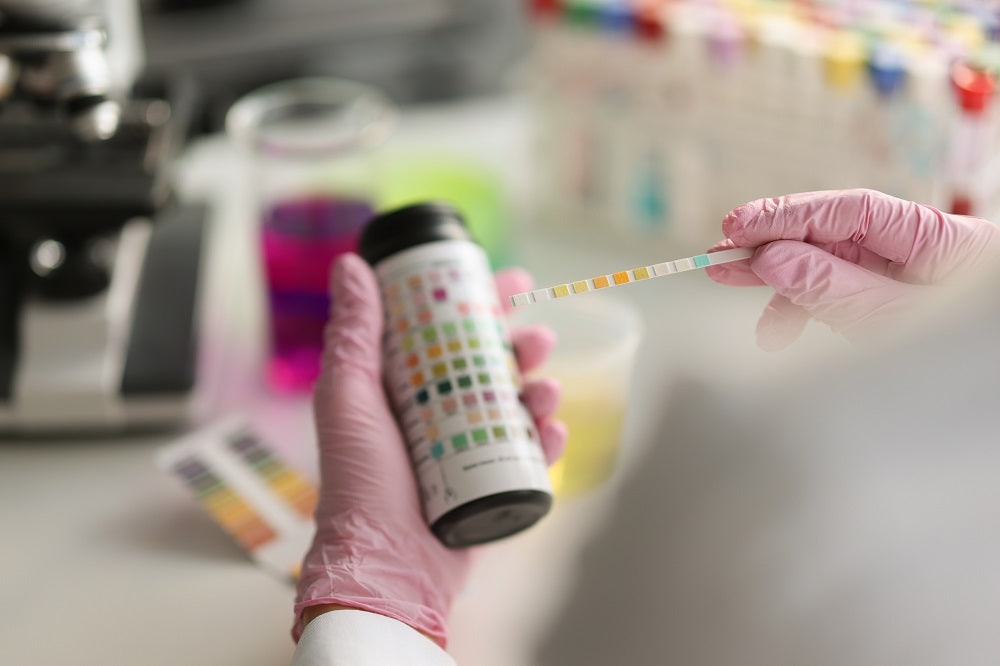Inevitably, the short answer to that question has to be “yes.” But the question of doping in cycling, who does it and why do they do it, has more layers than a mega-sized onion. Passionate cycling fans are usually quick to point out that cycling is not the only sport where doping occurs. In fact, in recent years, it appears statistically that cycling has cleaned up enough to be among the sports that take the greatest number of blood tests with fewer positive tests resulting.
What is doping in cycling?
Doping in cycling today has evolved since the times following the Festina Affair at the 1998 Tour de France when use of doping products in the professional peloton was rife and brazen. It was at that time that EPO (erythropoietin), blood doping, and other performance enhancing drugs (PEDs) became as familiar to the average cycling fan as the name of our favorite professional cyclist or favorite frame manufacturer.
Though many of those same drugs are still on the anti-doping authorities’ banned list, and as a result, still likely being used by athletes looking for a shortcut to success, anyone who does try to use a performance enhancing drug has to be much more careful.

A little antidoping history
The Festina Affair in 1998 acted as the trigger point where the International Olympic Committee (IOC) organized the First World Conference on Doping in Sport in Lausanne, Switzerland. By working together with the governing bodies of various Olympic sports, including cycling’s UCI, the IOC helped establish the World Anti-Doping Agency (WADA), an independent worldwide antidoping agency. It would work to professionalize the fight against doping in sport, making testing much more widespread and secure.
Coordinating and carrying out drug tests worked only so well, however, as the success and later downfall of riders like Lance Armstrong and Jan Ullrich made clear. All throughout the early 2000s doping seems to have carried on apace, with astronomical performances beggaring belief. The most successful riders of that era later proved to have been helped by one or more of the most effective methods of doping, such as EPO and blood doping, which essentially is removing blood from yourself at a quiet time in the season only to reinject it just ahead of the most important races on the calendar.
The clear failure of even the most robust testing practices – Lance Armstrong famously and not inaccurately always claimed to be the most drug tested athlete in the world, yet he never tested positive for doping – meant that some other methods also had to be employed. That is why in 2009 the Biological Passport was introduced. It was a method of using parameters established over years of testing in order to find whether an athlete has been using illegal methods like EPO and blood doping to improve performances.
It is a tool that has been effective in forcing riders who want to dope to be much more clever about it than they perhaps had to be in the 1990s and 2000s. That is because taking doping products such as EPO or removing and injecting your own blood at various points in the year will show up as irregularities in the Passport. And while the UCI and other governing bodies have found it difficult to convict athletes based on these Bio Passports alone, finding an athlete with suspicious Passport values has allowed the authorities to target those athletes specifically with frequent testing, which has occasionally turned up positive results for doping.
Doping in professional cycling today
In recent years, major doping scandals have been less frequent than in previous decades. The most recent major unmasking in the pro cycling ranks occurred with the Operation Aderlass in 2019 where endurance athletes including cyclists Stefan Denifl and Georg Preidler doped using the German physician Mark Schmidt’s guidance and network. Anyone but the most committed and well-informed cycling fan probably doesn’t even recognize these cyclists’ names, which is an indicator of how unsuccessful doping protocols have been catching the big name star riders in recent years.
Similarly, the 2023 World Championships in Glasgow turned up a positive doping case with Argentinian professional Juan Pablo Dotti testing positive for the EPO blood booster CERA. His is a sad case of a 39-year old professional racing at the ProContinental level in South America seemingly relying on PEDs to remain employed and reasonably competitive.
Does that mean the absolute best cyclists in the world are no longer doping? Well…let’s hope so. There’s little evidence in the public domain indicating otherwise. Certain questionably informed individuals on the periphery of inner circles, like Jérôme Pineau, who recently and ignominiously deep-sixed his own B&B Hotels racing team, by over-promising and under-delivering to sponsors and riders, are willing to air their own suspicions. During the recent Vuelta a Espana, he claimed that the top riders on Jumbo-Visma were “clearly” motor-doping, pointing specifically to the super strong attack Sepp Kuss made on the Col du Tourmalet.
That he had zero evidence didn’t prevent the comment from getting into all the cycling press articles after that stage. But it also points to the precarious balance between suspicion and fact that can cloud even the most impartial of observers.

Is there doping in amateur cycling?
Again, the answer probably is “yes” when looking at doping in the amateur ranks. Though some people might be able to understand, if not condone, pros doping since they are working to increase their earning power for the very short period of time that they can be professional cyclists, why on earth would someone “racing” in a Gran Fondo dope when other participants are as likely to be wearing silly outfits to enjoy the community-building event?
Though we don’t pretend to understand that mindset, there is evidence that competitive athletes, even at non-professional levels, can have a tendency to want to win at all cost. There have been enough Master group athletes who have been popped for doping at various prestige races over the years for us to believe that doping does still occur both at the highest and lowest levels.
When anti-doping agencies do not have enough funding and staff to conduct frequent controls over the professionals under their jurisdiction, it’s hardly surprising that amateurs looking for a competitive edge and willing to cheat to do so, feel that the rewards outweigh the risks.
Another incentive for doping when racing or even just training at the amateur level can be the pure pleasure one feels when effortlessly pedaling the bike. It’s not a great reason for risking your health and spending considerable amounts of money to supply a cycling doping habit, but we can imagine it does figure into some rider’s justifications when deciding whether to dope. And since doping protocols are seldom carried out at amateur level races means the chances of getting caught are minimal-to-none.
Conclusion
Whether this little dive into recent doping history has been edifying or depressing, doping is a topic that has become intertwined with cycling history. Inevitably, it’s a legacy all pros and even amateur cyclists will have to live and come to terms with, especially those athletes who perhaps have been cheated out of top results by riders who have been less honest in their preparation and training methods.
You may also be interested in our article about Tour de France Bikes brands in 2023.








